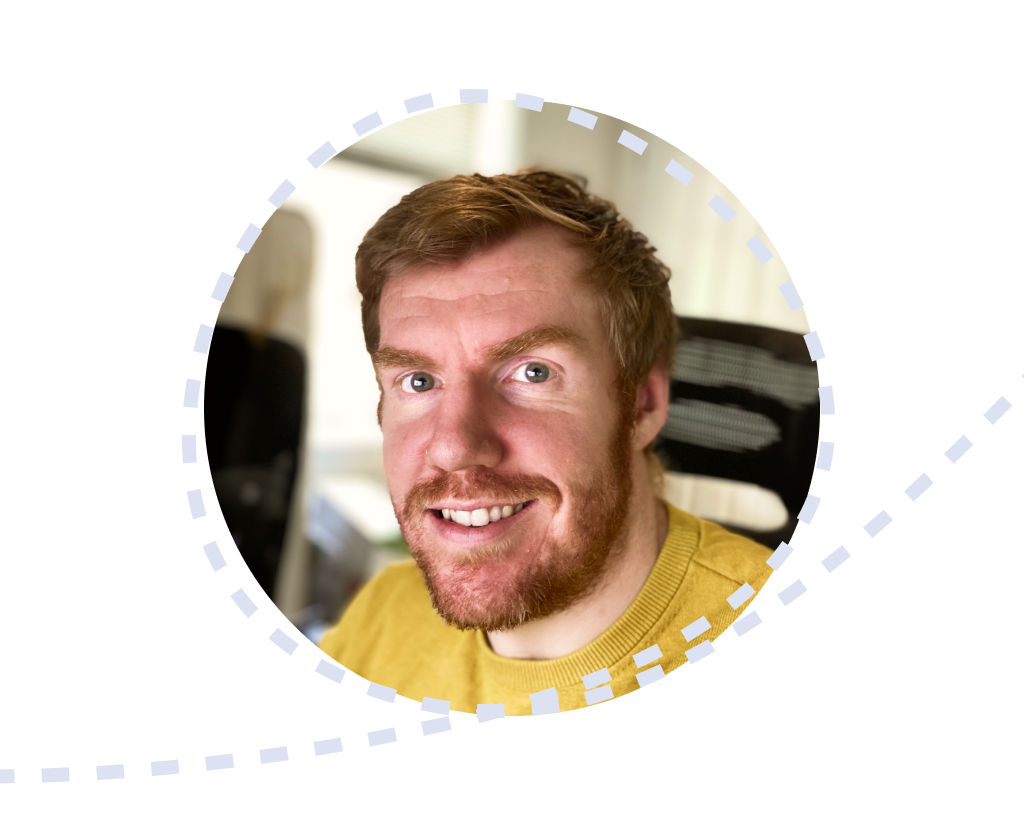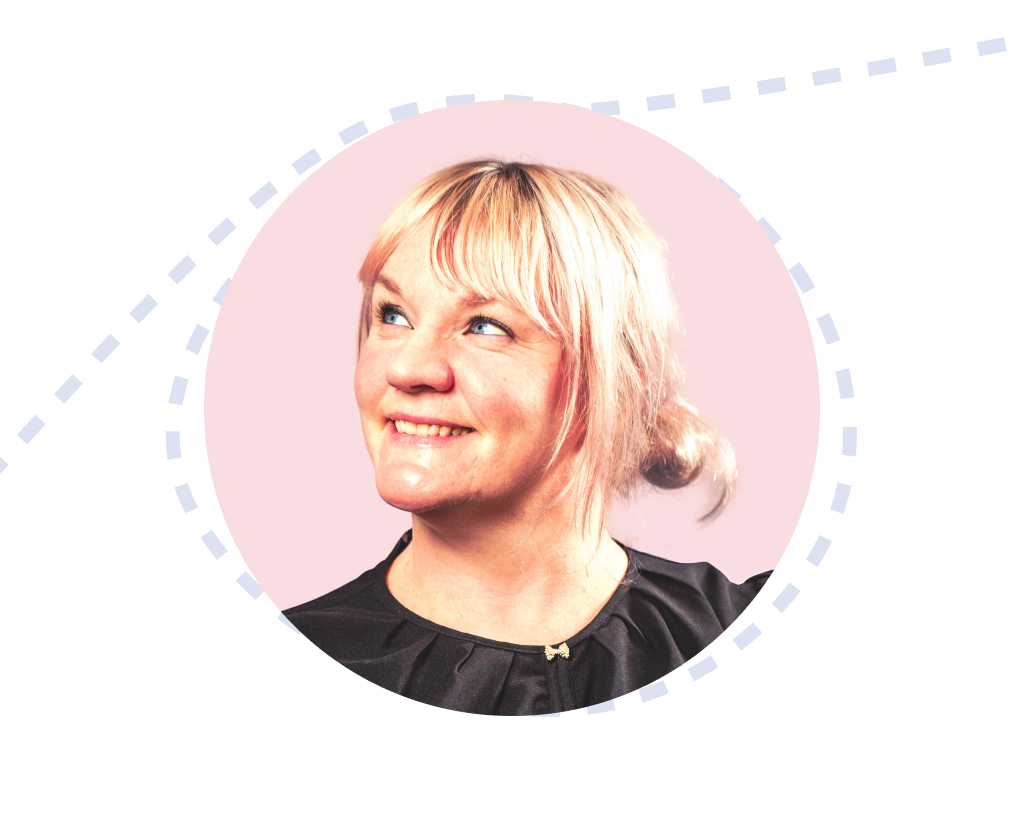
The last marketing workshop you'll need
A no-nonsense, practical marketing workshop where you'll leave with your own marketing plan
Book now for just £150Friday 14th June, Barnsley, 10am-4pm

 4pm
4pm
From 10am to 4pm, we'll lay out exactly what you need to know.
It's a real struggle to understand the modern marketing landscape. Should you be on TikTok? Does SEO still work? What about keywords? Answering all these questions is why we made this workshop.
In just one day, we'll workshop all the fundamental knowledge you need to understand your marketing. No jargon, no complicated concepts, no acronyms.
In this practical workshop, we'll work with you to understand the most basic part of your product, so you understand where to market.
Now you understand your product, how do you decide when and where to market it? What promotion methods will you use? Let's work it out.
Throughout the day, we'll guide you towards creating The One Page Plan™, our method for keeping you on track with your marketing.
We'll finish off the day with your chance to ask any questions you want about marketing. With over 20 years experience, there's nothing we haven't heard before.
A no-nonsense, practical marketing workshop where you'll leave with your own marketing plan
Book now for just £150By the end of the day, you will:



Learn the Web is run by two marketing experts with decades of experience.


Craig has been a designer and marketer for two decades, and has run Genius Division—his branding and digital agency—for 14 years.
He's your man if you want to know everything about branding, websites, and getting started with your marketing.

Caroline is a seasoned expert in advertising and marketing with two decades of experience, including running her own consultancy for 5 years.
She's your go-to person for understanding anything about advertising, including Google Ads, Facebook Ads, and all things related.
Our workshop is a live and practical learning session delivered by experienced marketing experts. It's won't be boring, and you won't be staring at dull PowerPoint presentations all day.
The whole day is interactive, and we'll be facilitating discussions, games (yes, games!), presentations, and demos.
Throughout the day you'll be working on your One Page Plan™ which will serve as your simple marketing plan. The whole day is structured around this plan, and as we reveal more information throughout the day, you'll be able to fill this out.
The workshop begins at 10am and finishes at 4pm. If you need to leave early, we actually wrap up around 3pm and do our Q+A from then.
The structure of the day is:
You'll leave the day with a complete understanding of the basics of marketing. This will allow you to begin any marketing activity as soon as you walk out of the door. You'll leave with a basic marketing plan that will allow you to begin posting on social media, making content, or instructing other companies to do so.
The workshop is delivered from The Business Village in Wilthorpe, Barnsley.
The full address is The Business Village, Innovation Way, Barnsley, S75 1JL.
Currently, no. But we're planning on making future workshops available to attend online.
A no-nonsense, practical marketing workshop. Finally understand marketing (and how to apply it). Leave with your own marketing plan.
Friday 14th June 2024
The Business Village, Barnsley
10am-4pm



Learn the Web is a trading name of Genius Division Limited.
Genius Division Limited is a company registered in England and Wales.
Company number: 07347038.
